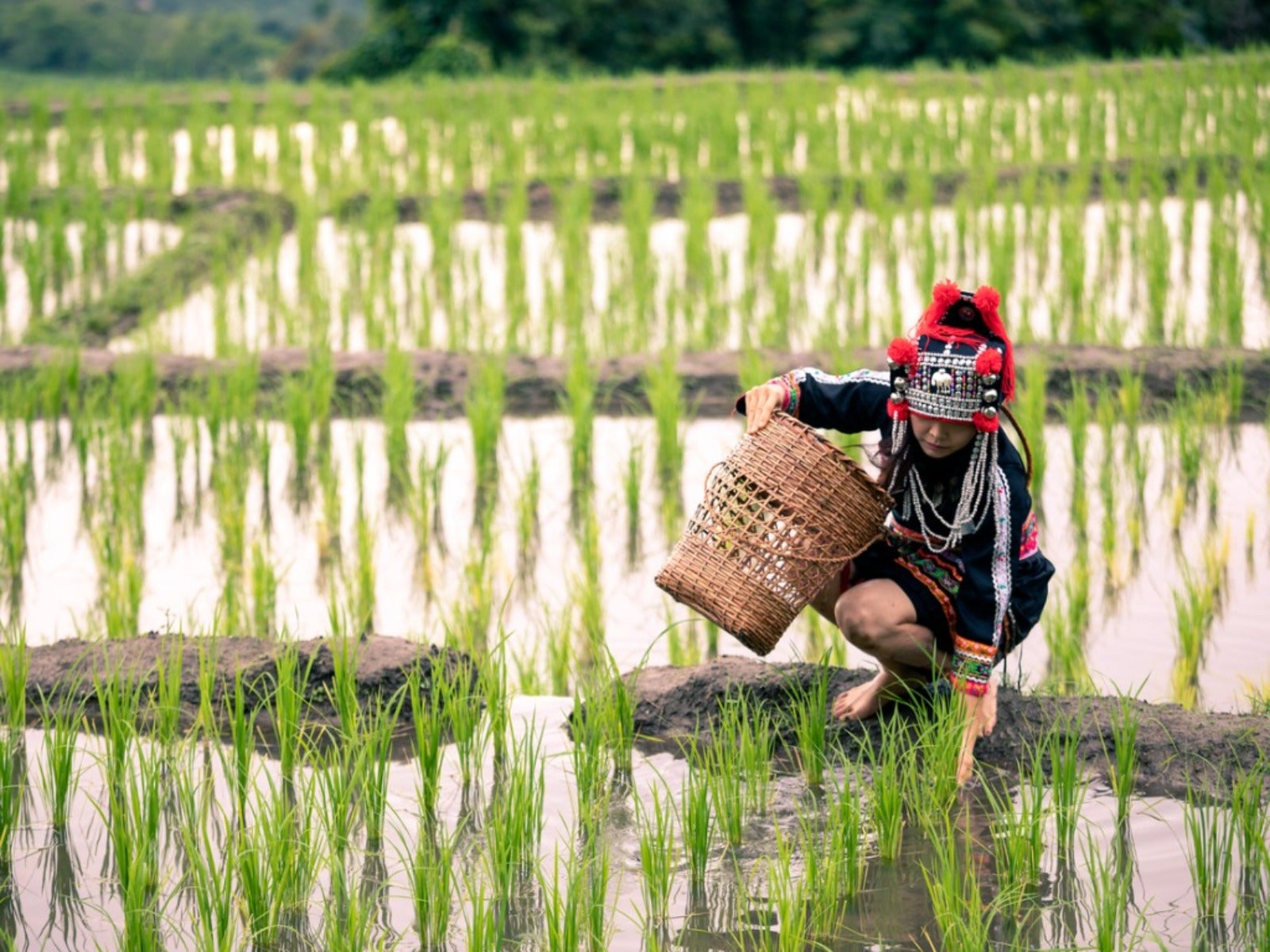What Ethnobotany Teaches Us About Plants And People

You’ve no doubt heard of botanical gardens, but what about an ethnobotanical garden? To understand what an ethnobotany garden is, it is helpful to understand the definition of ethnobotany. Simply put, it is the study of the relationship between plants and people. It may be specific, such as Native American ethnobotany, which is the study of certain indigenous cultures and their use of native plants, or medical ethnobotany which focuses on the medicinal uses of certain plants. Keep reading to learn more about this fascinating science.
What is Ethnobotany?
Ethnobotany is related to ethnobiology, the study of human cultures and their interaction with biology -- the science of life and living organisms. Ethnobotany is concerned with the ethnobiology of plants alone, which helps us understand native ecosystems.
Our relationship with plants runs deep. Not only do we rely on plant life for food but also medicines, shelter, dyes, fiber, oils, and so on. There are around 10,000 species of edible plants in the world, but less than 10 supply the majority of the world’s calories. This means that there are plenty of edible plants that are not cultivated and whose uses are untapped.
Ethnobotany seeks to explore the relationship between indigenous people and their uses of plants. Knowing more about ancient practices and uses for native plant life allows scientists to catalog and “rediscover” new medicines and foods used by native people. This also contributes to preserving biodiversity with relation to genetics, ecosystems, taxonomy, etc.
Medical Ethnobotany
While the study of ethnobotany may help to tap into previously underutilized food crops, it also seeks to learn about medicinal applications, both for indigenous societies and the global population.
About a third of modern medicines contain a plant derived ingredient. Chemicals produced from plants have also aided in the production of synthetic pharmaceuticals. Even so, only a scant number of the 350,000 known plant species have been researched or evaluated for medicinal use and, even when they have been studied, often it’s for only a single disease.
Medical ethnobotany seeks to change all that and expand knowledge of and medical uses for larger portions of known plant species and discovery of new species.
Gardening tips, videos, info and more delivered right to your inbox!
Sign up for the Gardening Know How newsletter today and receive a free copy of our e-book "How to Grow Delicious Tomatoes".
Native American Ethnobotany
Well before Western medicine was around, Native Americans used native plants to treat a multitude of ailments. Native people used plants for more than medicines. They used local plants for food of course, but also oil, fiber, dye and a host of other uses.
Over time indigenous practices were thrust aside in favor of Western ideals. Today the ethnobotanist strives to preserve this age-old knowledge not only for historical enlightenment, but also for potential uses in the modern age.
Earth’s people have survived by passing on plant knowledge from generation to generation indeed from culture to culture. Understanding the role plants play historically and today in day to day life is critical to the survival of our species.

Amy Grant has been gardening for 30 years and writing for 15. A professional chef and caterer, Amy's area of expertise is culinary gardening.